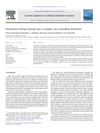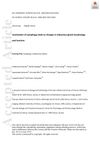technique to inject very small amounts of beneficial chemicals into the scalp
natural substance from Neem tree with medicinal and pesticidal properties
signaling protein that, when suppressed, may grow hair by reducing inflammation and stem cell loss



